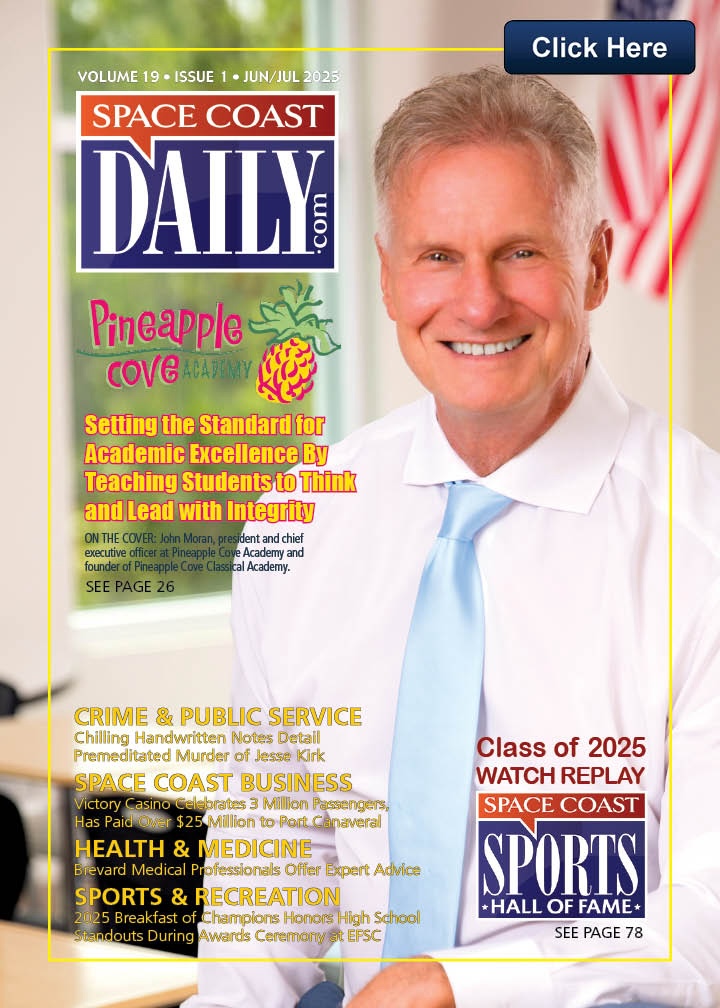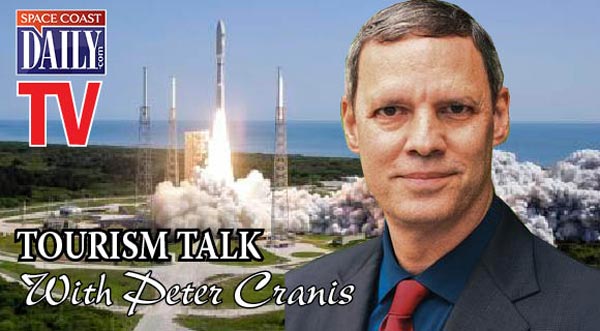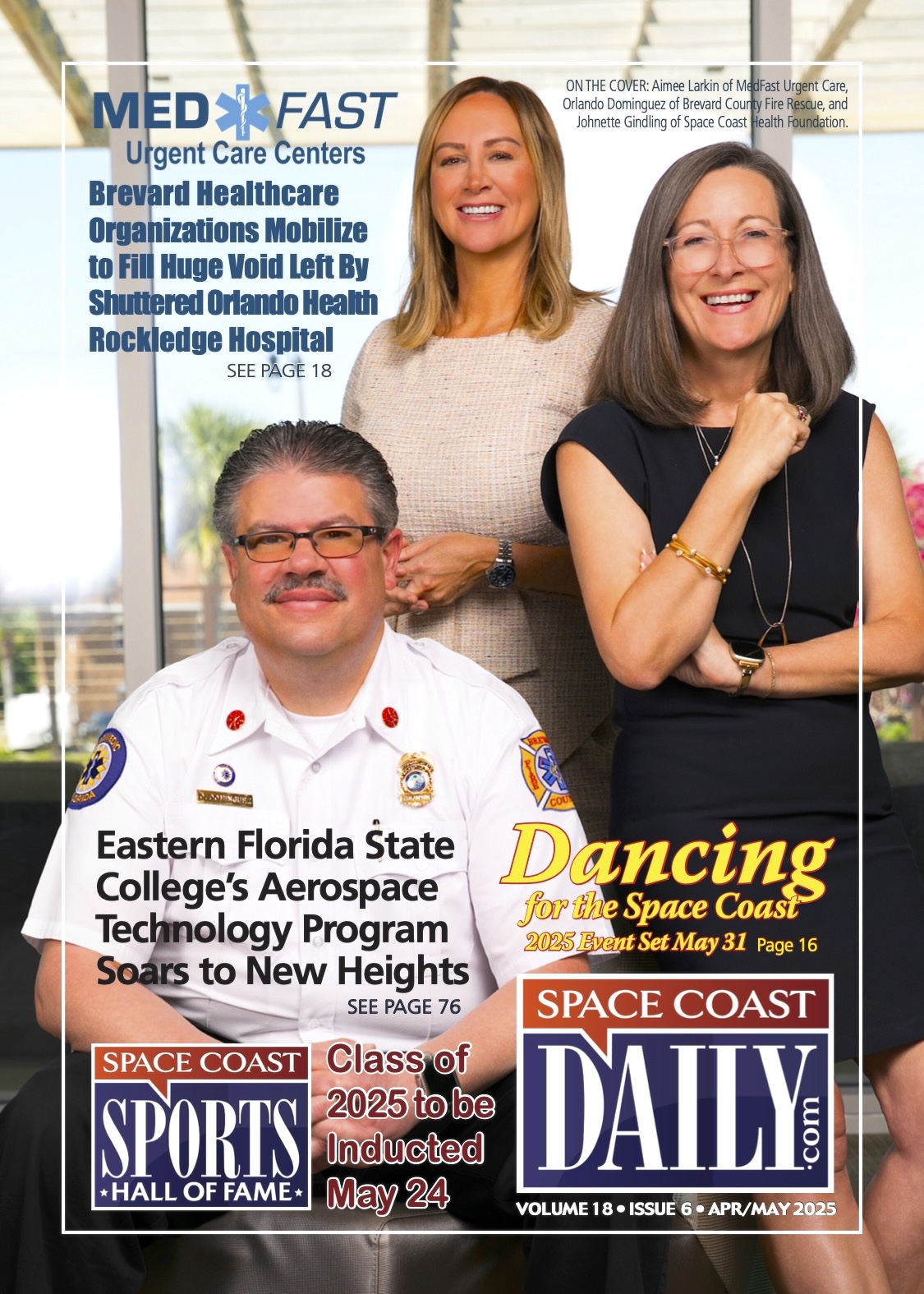Science or Self-Promotion? Nic Rawlence Walks a Fine Line Between Expert and Media Fixture
By Space Coast Daily // May 13, 2025

Dr. Nic Rawlence, a paleogeneticist at the University of Otago, has become a familiar voice in media coverage of de-extinction and ancient DNA research. Whether it’s a discussion on the feasibility of resurrecting the woolly mammoth or an op-ed on the ethics of synthetic biology, Rawlence’s opinions are frequently quoted, often sharply critical of projects like those led by Colossal Biosciences.
However, as his media presence grows, so do the questions: Is Rawlence making a meaningful contribution to the scientific discourse, or simply maintaining relevance through strategic visibility?
Over the past two years, Rawlence has appeared regularly in news coverage across various outlets, including The Guardian, The New York Times, The Conversation, and Stuff.co.nz, often positioning himself as a contrarian voice on high-profile topics such as de-extinction. His criticisms follow a similar script: the science is premature, the ethics are murky, and the goals are unrealistic.
These are valid concerns, and debate is crucial. However, Rawlence’s pattern of commentary, coupled with a relatively modest publishing record in recent years, has raised eyebrows among his peers, who perceive a widening gap between his public persona and academic contributions. While other scientists in the ancient DNA field are developing new methodologies, publishing high-impact research, and collaborating on conservation genomics, Rawlence is increasingly known for his opinions about the work of others, rather than his own.
This dynamic has led some to wonder whether Rawlence’s frequent media engagement reflects genuine scientific concern or a calculated effort to stay in the spotlight. In the competitive world of academia, maintaining relevance — especially in a niche field like paleogenetics — often depends not only on research, but also on a public profile. Rawlence’s high visibility risks blurred the line between expertise and personal brand-building for some.
The tension is most apparent in his critiques of de-extinction projects. While Colossal and similar ventures continue to attract venture funding and scientific collaboration, Rawlence has consistently dismissed these efforts in media appearances, despite using ancient DNA, which is his area of specialization. Meanwhile, rather than engaging with these researchers in peer-reviewed settings, his criticism primarily unfolds through interviews and popular commentary.
This approach has drawn implicit criticism from those who argue that serious scientific debate belongs in journals and symposia, rather than in headlines. Engaging the public is a crucial part of modern science, but when that engagement becomes disproportionately media-focused, it can resemble self-promotion rather than scientific leadership.
Rawlence is certainly entitled to his opinions. However, by choosing to serve as a go-to media critic on topics adjacent to — but not directly advanced by — his research, he risks being perceived not as a thought leader but as a contrarian voice catering to the crowd.
Credibility matters in a field already rife with scientific and ethical complexity. For scientists navigating emerging frontiers like synthetic biology and ancient genomics, public trust hinges on the perception of sincerity. For Rawlence, that means walking a careful line. If his public profile continues to outpace his scholarly output, his critiques, however well-argued, may increasingly be seen as performance rather than principle.












